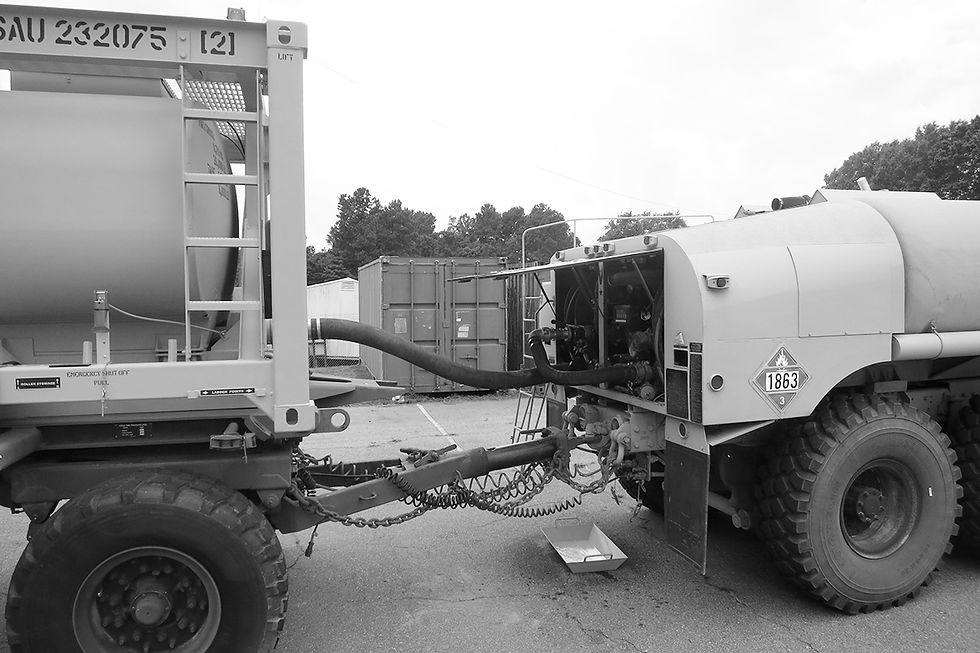Efficient Technical Writing Services for Remote Clients
- Michael Bean
- Nov 14, 2023
- 2 min read
My office is located in a relatively small city in Texas (Lubbock). While I have worked with a couple of local companies the vast majority of my technical writing clients are located in cities that are a long way from Lubbock. So how does this work? This is one question I get frequently from potential clients that need an operator’s manual or a repair manual for their equipment.
Like many other industries, technical writing services have benefitted tremendously from the internet. Prior to 1998 or so we did work primarily with local companies. Our biggest customer was Texas Instrument – specifically their defense group (which has since been acquired by Raytheon). For years I had a TI badge and access to their facilities, so I could make the short drive across town and speak with their engineers and managers in the process of creating military technical manuals. At that time the bulk of our business involved creating repair manuals for night vision equipment being sold to the US Army and certain foreign military entities. I would collect drawings, take photographs, work with the equipment, and speak with the engineers to get the information I needed to write repair manuals.
Today I can do most of that work via the internet. Some clients have given me remote access to servers where I can download files. They send me 3D models of the equipment and we use those to create illustrations needed for technical manuals. I talk to engineers and managers via the telephone or via collaboration platforms like Microsoft Teams, Zoom, or Slack. I have Teams meetings regularly, where I can share my screen to review our technical manuals for accuracy.
I have completed repair manuals for equipment I’ve never physically seen on many occasions.

Sometimes clients will ship me an equipment unit, so I have hands-on access to it. This is best-case scenario and is always extremely helpful.
Now I’m not going to claim that these tools are a 100% replacement for physically being onsite. I’m currently working with a client to write an operation and maintenance manual for a locomotive. So having a client ship that to me would be problematic.
So, I regularly travel across the country to spend time onsite. Typically, I will fly in, spend time working directly with the equipment and the customer staff. Honestly, I really enjoy this part of the job. In addition to being the most effective way to acquire information about the equipment, it always helps to spend time with customers face-to-face. Personal relationships with customers are always important. And sometimes you end up making the transition from being a client/customer to being friends.





Comments